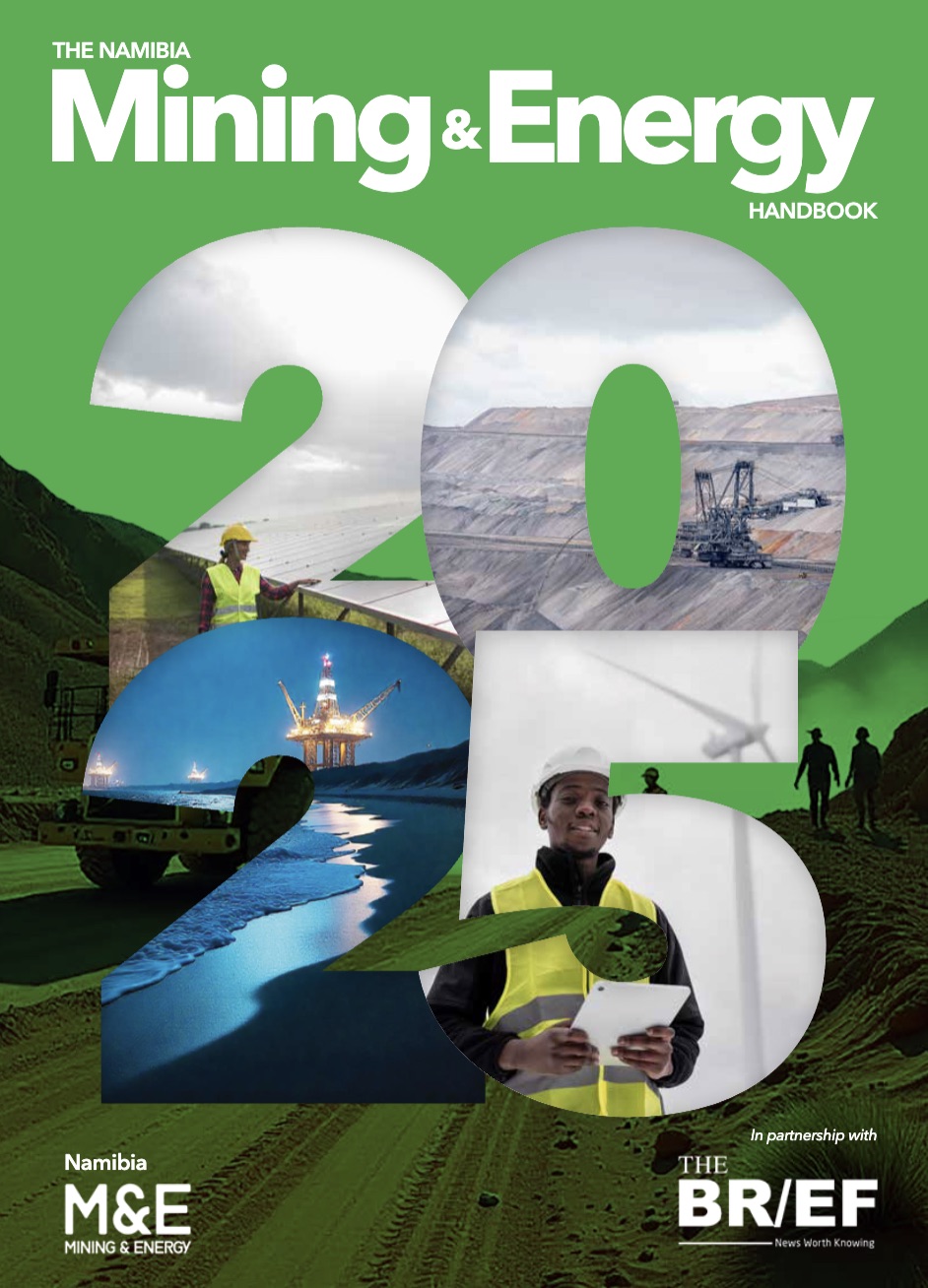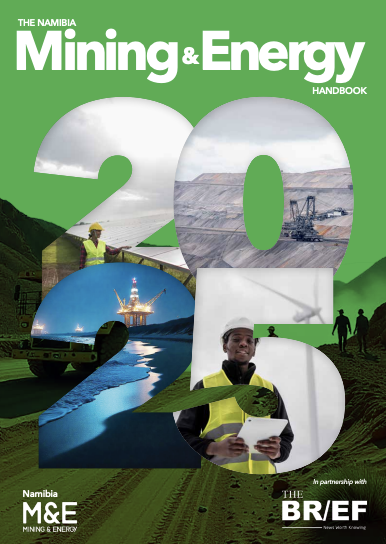
Rhino Resources could become Namibia’s first oil producer, ahead of energy giant TotalEnergies, following a confirmed light oil discovery at the Capricornus 1-X exploration well in the Orange Basin, Petroleum Commissioner Maggy Shino has revealed.
The company announced on Thursday that results from extensive wireline and drill stem testing programmes had verified the presence of a high-quality, light-oil bearing reservoir with no observed water contact.
“Rhino still has a bet that they need to keep up. They indicate that not even Total, who is making FID 2026, will beat them on being the first producer. So let’s hold them accountable on that point of being the first producer,” Shino said.
According to Rhino Resources, the Capricornus 1-X well was spudded on 17 February using the Noble Venturer drillship and reached a total depth of 4,957 metres true vertical depth subsea (TVDSS) on 2 April, successfully penetrating the Lower Cretaceous target.
The well encountered 38 metres of net pay, with the reservoir exhibiting good petrophysical properties and no water contact. Hydrocarbon samples and sidewall cores were retrieved during intensive wireline logging operations.
The Capricornus 1-X well is located within Petroleum Exploration Licence 85 (PEL85), operated by Rhino Resources, which holds a 42.5% working interest. Its co-venturers include Azule Energy (42.5%), a joint venture between BP and Eni, as well as Namibia’s national oil company NAMCOR (10%) and Korres Investments (5%).
Rhino Resources said it will now shift its focus to post-drilling analysis to determine the next phase of its exploration strategy across the block.
Meanwhile, French oil major TotalEnergies has pushed back its final investment decision (FID) on its major offshore oil discovery to 2026, Shino confirmed.
Shino revealed that the Venus oilfield, initially expected to reach a production capacity of 160,000 barrels per day, is now targeting 150,000 barrels per day following revised projections made during the company’s investor day in October 2024.
“Today, as we stand here, we speak with confidence about the Venus development and its ability to move into the next phase. With this project, we are informing you that within mighty Venus, we have a commercial development with the potential to produce up to 150,000 barrels per day at peak production. Venus is a giant in terms of structure,” she said.
She added that there is still significant work underway to mature the field and finalise the development plan due to the ultra-deepwater nature of the project.
“We know it comes with subsurface challenges. But we are working together, collaboratively, with all stakeholders such as NAMCOR, TotalEnergies, and Impact Oil to ensure that we deliver a Class A, world-class project,” she said.







